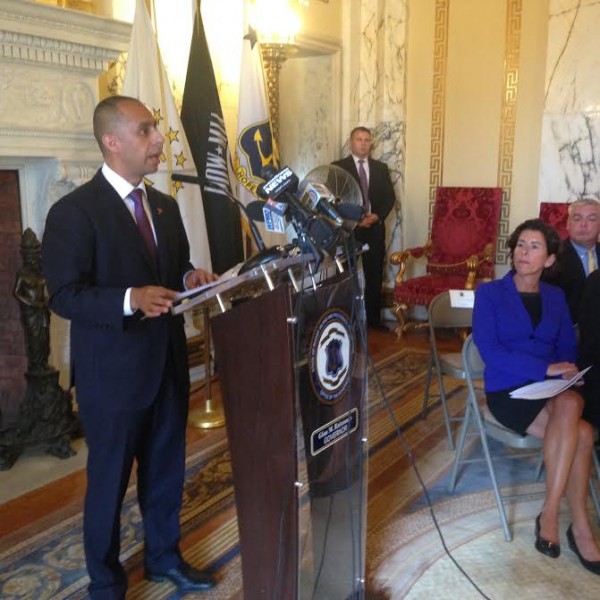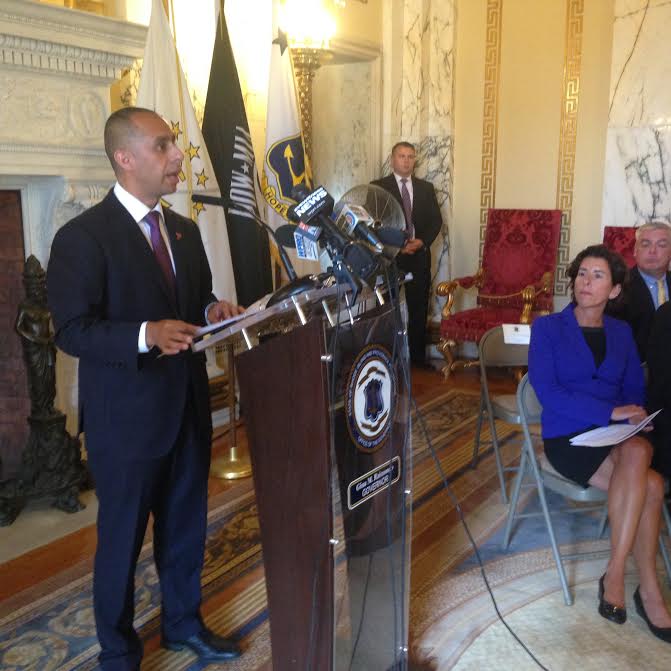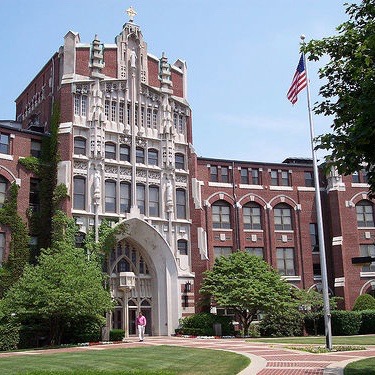 Please join me in giving a round of applause to Mayor Elorza and the Providence Department of Planning and Development for their hard work and due diligence every step of the way during the 6/10 Connector’s community engagement process.
Please join me in giving a round of applause to Mayor Elorza and the Providence Department of Planning and Development for their hard work and due diligence every step of the way during the 6/10 Connector’s community engagement process.
The city has been extremely transparent and open, taking the public’s input into consideration while drafting their design for the future of the 6/10 Connector. It is reassuring to know that the mayor and the planning department are actively listening to the needs and wants of the community. By taking a bottom-up approach, the City of Providence is conveying that its interests align with that of its communities, and appreciates the ideas and solutions that its residents bring to the table. Who else knows what’s best for the City of Providence other than the residents that live, work, and thrive here.
On Monday, October 3, the City released their draft plans for the future of the 6/10 Corridor at a public forum held at the Doorley Jr. Municipal Building in downtown Providence. While the City’s plans do not call for a surface boulevard that I and other community members would have liked to see presented, I can tolerate the parkway design. The parkway concept addresses the concerns of both sides about the looming question, “What should the future of the 6/10 Connector look like?” The plan addresses the need to fast-track the reconstruction of the structurally deficient Huntington Viaduct, out of concern that the structure might collapse. The plan appeases auto-interests as well as those citizens who want to see a concept that is more pedestrian and bike friendly, although we would much prefer a pure boulevard instead of a parkway.
The proposed parkway plan frees up land for development (approximately 50 acres), expands the footprint of DePasquale Square, adds two new off-street bike paths, creates a new exit to West Exchange Street, adds additional connections to the existing street grid, and reconnects parts of Olneyville to the urban fabric of Providence, among other things as well. The proposed “halo” elevated rotary where Route 6 merges with Route 10 allows for the potential to incorporate boulevard elements into sections of the route further down the line. While the entire length of the 6/10 Connector isn’t the pure boulevard that many of us had envisioned, the two-phased parkway plan allows the City and State to revisit the compelling arguments made in favor of an intermodal boulevard.
The most important aspect of the plan isn’t the plan itself. Rather, it is culmination of everything that has led to the plan being drafted in the first place. It is the countless hours spent by engaged citizens, who took it upon themselves to get involved, speak out, and voice their opinions about the project; citizens who persevered even when things weren’t going their way because they knew that this is a critical, once-in-a-lifetime opportunity to turn the 6/10 Connector into something truly special. Without vocal citizens and lots of vigorous discussions, RIDOT would probably have elected to refurbish the highway a long time ago, and that wouldn’t have worked for motorists, bicyclists, pedestrians, and city residents alike.
The future of the 6/10 Connector will single-handedly change the physical, social, and economic makeup of the city for generations to come. It is up to us as citizens to decide whether or not we want to make Providence a more livable community for our children, our children’s children, and ourselves. Or, if we want to sit idle, content with the current economic conditions in our Capital City. The choice is ours. RIDOT has the final say about the project’s design, and I strongly encourage my fellow Rhode Islanders to continue to be actively involved in the process, and vocal about the future we envision for a livable, thriving city for decades to come.


